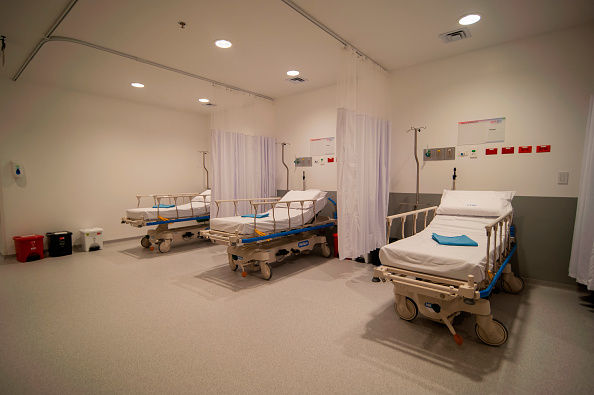(New York) — Medical debt across the U.S. is associated with worse physical and mental health, and even premature death. A new study from the American Cancer Society found that for every $100 increase in medical debt, there were eight more days of poor physical health and 6.8 more days of poor mental health reported in a month per 1,000 people.
As health care costs continue to rise nationwide, affording medical care remains a significant and enduring challenge for millions of Americans. According to the Centers for Medicare and Medicaid Services, health care spending reached $4.5 trillion in 2022 – roughly $13,5000 per person. Of that, out-of-pocket spending accounted for $471.4 billion.
Even though over 90% of Americans have some form of health insurance, out-of-network costs, high deductibles, and unexpected bills can lead to medical debt affecting both insured and uninsured adults, experts said.
To evaluate the impact of medical debt on health, researchers in this study looked at data across nearly 3,000 counties, 93% of the country. Authors noted this is one of the first studies to look at the population-level effects of medical debt. The study did not show cause-and-effect, but it was a strong association, reinforcing existing studies suggesting that financial hardship can lead to poorer health outcomes.
They found that when just 1% more of a population has medical debt, it leads to 18 more physically unhealthy days, 18 more mentally unhealthy days, and an extra year of life lost for every 1,000 people.
“[Medical debt] is a problem that needs to be addressed systematically,” Dr. Xuesong Han, lead author of the study, told ABC News.
Counties with higher percentages of non-Hispanic Black people, populations with low educational attainment, higher percentages of people living below the poverty level, uninsured and unemployed people tended to have a higher share of people with medical debt, the study said. Across all counties, an average of 19.8% of Americans had medical debt in collections. Geographically, counties with the highest medical debt burden were in the South, according to the study.
Study authors said the data they used were from the years leading up to the COVID-19 pandemic, and that future research is needed to explore ongoing post-pandemic changes to the health system and public health.
Han stressed the importance of policy efforts focused on addressing this issue, including “increasing affordable and comprehensive health insurance coverage,” and “providing financial navigation and connecting patients with relevant resources to minimize any adverse consequences.”
Dr. Rebecca Yao is an internal medicine resident at the Mayo Clinic in Rochester, Minnesota, and a member of the ABC News Medical Unit.
Dr. Gabriela Cleary is an emergency medicine resident at Wyckoff Heights Medical Center in Brooklyn, New York, and a member of the ABC News Medical Unit.
Copyright © 2024, ABC Audio. All rights reserved.












